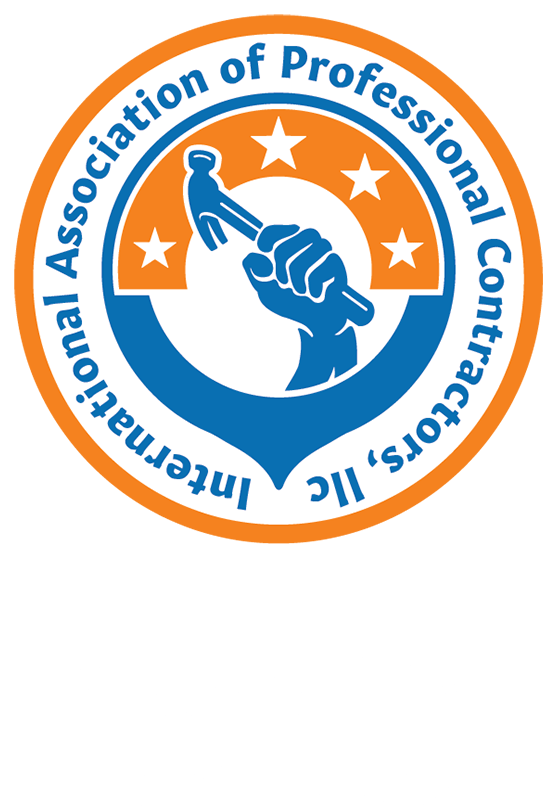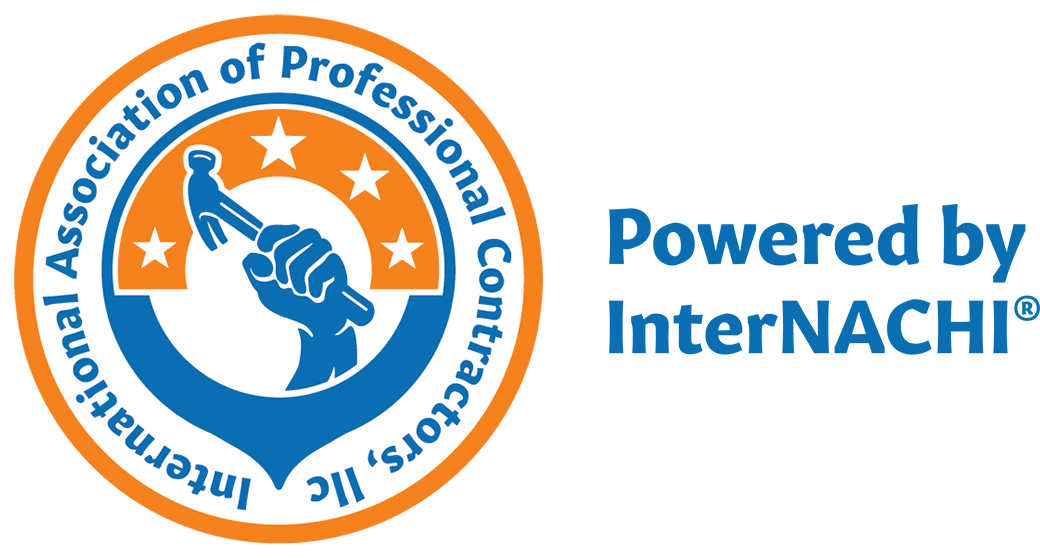While contractors and other small business owners generally want to avoid incurring additional debt whenever possible, financing expensive purchases of essential items for your business—including for your office and at the jobsite—will help you maintain a positive cash flow. This is essential for any company’s survival, especially in the current economic climate that’s seeing so many small businesses close their doors.
Perhaps you need a new truck. Maybe you need to outfit a new office with a copier, computer system or furniture. You might need field gear, such as scaffolding or trade-specific tools. Contractors who are in the market for heavy equipment or other high-ticket capital purchases for their expanding businesses would do well to finance such acquisitions using a commercial equipment loan. In some cases, the contractor may opt for a lease instead. Before paging through any online catalogs and loading up the virtual shopping cart, the contractor should do some homework first to find the best financing deal to maintain financial flexibility and a healthy bank account.
Buy or Lease?
Depending on the equipment, financing a lease instead of a purchase may make more sense. For example, items based on technology, such as computers and copiers, tend to undergo manufacturers’ updates and revamps more frequently than, say, furniture and other items that are built to last. When a piece of equipment will stand the test of time, it’s a reasonable move to finance its purchase. If the item is subject to planned obsolescence, it’s savvier to lease. For commercial equipment, there are several considerations that the contractor should explore.
TIP: Read this article on Purchasing or Leasing the Right Truck.
Financing a Commercial Equipment Loan
With the changes in lending practices of banks and the Small Business Administration, which provides both small and large banks greater incentive for lending to small businesses, more opportunities are opening up for contractors wanting to expand their businesses and finance major purchases. Once you’ve decided to finance a purchase, and depending on the item and the amount you want to borrow, as well as the lender, you may be required to provide financial records to prove your creditworthiness and to secure the lowest rate. You may want to seek the assistance of a broker who can research your loan options and match you with the best lender. Brokers’ fees can add 3% to 5% to the cost of your purchase.
Financing a Commercial Equipment Lease
There are a few different options available when it comes to leasing, and most lenders offer them.
- A deferred lease allows you to skip the first two or three months of payments, as well as any down payment. This is useful for people with strong credit and the need to acquire expensive commercial equipment right away, but without the cash flow for immediate loan servicing. Once the repayment kicks in, the amount tends to be higher than with other types of leases.
- A step-up lease is similar to a deferred lease, but no initial payments are skipped; they are simply lower, and the amount increases as the term progresses. Start-ups, and small business owners whose cash-flow situation is sluggish but not dire, opt for this type of lease, with the advantage that subsequent payments are increased, compared to the first several payments, but they’re still manageable.
- A skip lease allows the borrower to skip different months of repayment during the term while interest still accrues. This is a typical choice for contractors who experience seasonal slow periods, and prevents them from defaulting on their lease agreements or having the financed equipment repossessed.
There is no right or best option across the board for the contractor or any small business when it comes to commercial loans. Your smartest choice will depend on your company’s unique circumstances, as well as the equipment you have your eye on. But some generalities regarding commercial equipment financing can be summed up in the following lists.
The Upside of Purchasing:
- You own the equipment.
- You may be able to write off the purchase during the first year.
- Commercial loan rates are generally manageable, especially if your credit history is solid and you use an SBA-backed lender. Generally speaking, the more high-ticket the item is, the lower the interest rate will be, and the loan term will tend to be longer, as well.
- The item is considered a capital asset, which speaks to your company’s overall financial fitness.
The Downside of Purchasing:
- Because the item starts depreciating in value after the first year (check IRS rules and regulations), the buyer may not be able to secure 100% financing using a commercial loan, and s/he may be required to finance part of the purchase out of pocket as a down payment.
- A commercial loan generally means that the item purchased is named as collateral, so it can be repossessed if the borrower defaults on the loan.
The Upside of Leasing:
- Up-front cash for the application and other fees is minimal, usually between 10% and 20%.
- Business owners with weak credit histories can obtain leases more easily than commercial loans for financing purchases.
- You can contract on a short-term basis for more high-end equipment whose cost would ultimately be prohibitive as a financed purchase.
- The lease payments can be expensed (under a true lease).
- Maintenance on the item is taken care of by the vendor.
- Depending on the item leased, it can generally be upgraded at the end of the term with a lease renewal. This is especially important for computer systems and service vehicles.
- At the end of the contract under a true lease, the item may be purchased outright at fair market value or at a discounted rate.
The Downside of Leasing:
- In the long run, leases are more expensive than other types of financing because of their higher interest rates charged over a comparatively shorter loan term.
- Additional charges for delivery, setup, training, and service calls may be built into the financing agreement, which means that you’ll be paying interest on these add-ons.
- If you purchase the item at the end of the lease term using a conditional sale or rent-to-own lease, also known as a finance lease, you can’t take advantage of tax breaks, since you will own the item by the end of the lease term.
- Breaking a lease before the end of the contracted term can cost the borrower significant penalties.
- Without manageable terms for your lease agreement, default means repossession, which can interrupt your business’ daily operation. It also means a ding on your credit score.
The first purchase a contractor may wish to make is a computer that can be used to calculate a cost-benefit analysis to see how financing a lease or purchase of major equipment will affect the company’s cash flow. Whether going with a trusted and experienced broker or going it alone and using one of the many online resources available, contractors and other small business owners owe it to their bottom line and long-term stability to perform their own due diligence when making the important decision to secure financing for commercial equipment for their companies.
Join our discussion about affordable ways to outfit your construction business.
ContractorsAssociation.org

